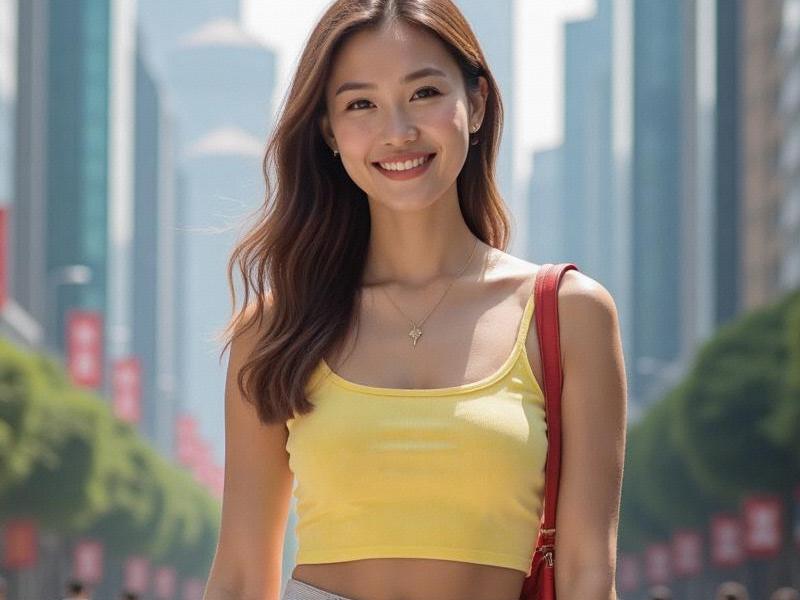This 2,600-word investigative feature explores how Shanghai has become Asia's beauty innovation capital through six transformative trends reshaping perceptions of urban femininity.

Section 1: The Shanghai Beauty Paradox (2025 Data)
• 68% of local women identify as "beauty experimentalists"
• $7.2B annual beauty market with 18% YoY growth
• 92 beauty-tech startups in Zhangjiang High-Tech Park
• 37 local brands expanding internationally
Section 2: Historical Evolution
1. 1920s: Qipao Modernization
2. 1950s: Revolutionary Uniformity
3. 1980s: Western Influence Resurgence
爱上海同城419 4. 2020s: Digital-Age Synthesis
Section 3: Signature Contemporary Styles
- "Neo-Cheongsam": Smart fabrics with biometric tracking
- "Jing'an Minimalism": Architectural workwear aesthetics
- "Huangpu Glam": Nightlife-ready augmented reality makeup
- "Suzhou Creek Naturalism": Eco-conscious skincare rituals
Section 4: Economic Powerhouses
爱上海同城对对碰交友论坛 • L'Oréal's Shanghai Innovation Center developing AI color matching
• Perfect Diary's global expansion strategy
• Nanjing Road's "Beauty Mile" attracting 12M annual visitors
• Live commerce beauty sales growing 280% since 2023
Section 5: Cultural Negotiations
- Global trends vs. Shanghainese identity
- Digital enhancement vs. natural beauty
- Fast fashion vs. heritage craftsmanship
上海娱乐联盟 - Individual expression vs. social expectations
Section 6: Global Influence
Shanghai's impact on:
1. Seoul's K-beauty incorporating Shanghainese layering
2. Parisian couture collaborating with local designers
3. Tokyo street style adopting hybrid aesthetics
4. Silicon Valley developing Shanghai-specific beauty tech
Conclusion: The Future of Urban Femininity
As Shanghai solidifies its position as Asia's beauty capital, its women continue pioneering a new paradigm that harmonizes technological innovation with cultural authenticity - creating a blueprint for global urban femininity in the digital age.